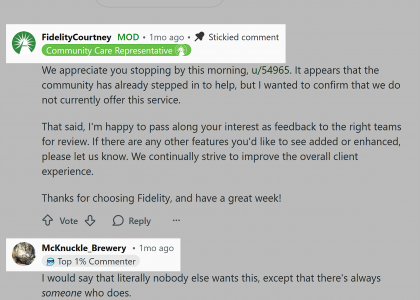Noticing a dip in your website’s organic traffic can be frustrating, especially when the usual SEO tricks aren’t cutting it. If your organic traffic & revenue has been on a downward slide for six months or more, you’re not alone, a lot of major brands have been slipping and sliding right along with you. BUT you don’t have to just sit back and watch it happen.
Here are a few tips on where to start when diagnosing the problem and getting your traffic back on track. Troubleshooting organic traffic declines is a pretty common concern we hear from prospects who reach out. We’re happy to provide a free, quick consultation with an SEO expert to review your organic traffic and potential causes.
Check for Development Updates
Before you panic about algorithms or penalties, look at your website’s recent development history. Did your traffic drop after a significant update or site change? It’s easy to blame Google for traffic issues, but more often than not, the root cause is a change on your end. Go back through your dev logs and see if there were any significant changes around the time your traffic started to dip. If you find something, that’s your starting point for a fix.
Here’s the kind of development updates that might get your website in trouble with organic traffic:
Moving content around without redirects
Re-platforming
Changing URLs without redirects
Removing content
SSL certificate management
Slowing down site speed
Etc.
Dig into Trends in Your Data
Next, dive deep into your analytics to uncover any patterns or trends. Use tools like SEMrush or Google Analytics to see if the drop is site-wide or limited to specific pages or sections. Is the decline consistent across all categories, or is it focused on one particular area? Is the drop impacting revenue or just traffic? Understanding where the traffic is dropping off can help you target your recovery efforts more effectively.
While you’re at it, make sure your Google Analytics 4 (GA4) installation is clean and accurate. Data is only helpful if it’s reliable, so double-check your tags and conversions to ensure you’re working with the correct information.
Consider a Comprehensive SEO Audit
I very rarely recommend a full SEO audit. However, if you are an older domain (especially e-commerce) and you haven’t done a full SEO audit in a while, now’s the time. Even if you’ve been running a tight SEO ship, Google’s recent updates might have shifted the goalposts. A comprehensive audit can help you identify areas where you’re falling short of current best practices—especially if you’re in ecommerce, where Google’s leniency towards big brands is waning.
Focus on critical areas like faceted search, category pages, and product detail pages. Are you sending the right signals to Google? Are there any glaring issues like broken links or duplicate content that need fixing? An audit will give you a roadmap for cleaning up your site and regaining lost traffic.
A great Technical SEO audit should look at:
Crawlability & Indexability
Site Structure & URLS
Page Elements
Internal Linking & Redirects
Duplicate Content & Canonicalization
Schema Markup & Structured Data
Page Speed & Core Web Vitals
Mobile Optimization
Security
JavaScript & Rendering Issues
Content Quality / Relevance
Avoid AI Content
AI-generated content might seem like a quick fix, but it could be doing more harm than good. Google’s stance on AI content has become clear: they don’t want it, especially if it’s not unique or well-crafted. If you’ve relied heavily on AI content, it’s time to rethink that strategy. Go back through your site, clean up any AI-generated pieces, and focus on creating high-quality, more human-written content that offers real value.
That doesn’t mean you have to ditch AI entirely. It can still be a helpful tool for brainstorming, research, and efficiency—but the final product needs to pass the human touch test.
Here are a few ways we evaluate whether content might have been AI-generated:
“Sniff Test Failure” – If it sounds overly robotic or monotonous, it’s probably AI content.
Superlative Language: ChatGPT thinks everything is revolutionary or needs to be supercharged.
Tools – Try quillbot.com (free) or Originality.AI (paid) to scan and evaluate your content quickly.
Review Recent Google Updates
Finally, take a look at the latest Google updates. If your traffic drop isn’t tied to a dev change, it might be due to a recent algorithm update, like the helpful content or anti-spam updates. Review what’s changed, and see if there’s anything you can tweak on your site to better align with Google’s current preferences.
Here’s where you can review status information on Google Search: https://status.search.google.com/products/rGHU1u87FJnkP6W2GwMi/history
If your organic traffic is still on the decline and you’re not sure where to start, we’re here to help. Reach out, and we’ll take a look together. Whether it’s running a technical crawl or diving into your data, we’ll help you understand what’s going on and work towards getting your traffic back on track.






